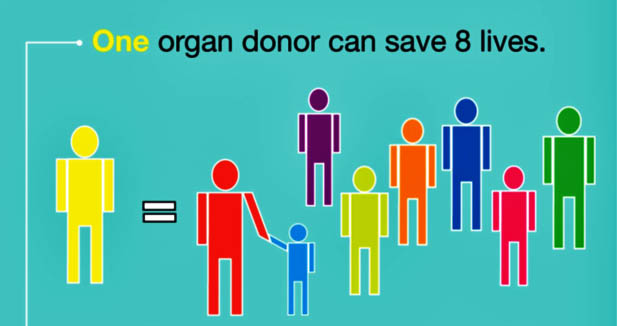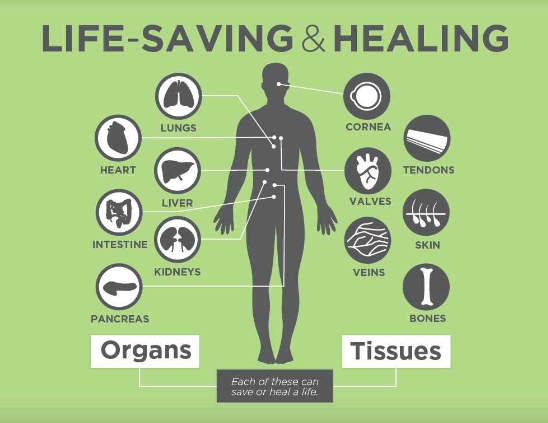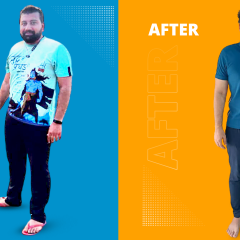
When I started exercising, I lost about 13kgs but, my target was to lose eight more kgs but, that was not happening and it was stagnant. I realised initially with exercising I could easily gain muscle weight but after a while it was not showing any results. If you have encountered a similar situation and stopped going to the gym or given up exercising …don’t …do not run away from such a situation. If your body is not responding to your workout routine or diet routine it’s known as plateaus.
Here are some reasons for the plateaus
- Same workout routine
If you have been working out for a long time, initially you will get the results you want but, later after a while you will not get it because your body will become used to with the same workout routine. If you want changes in your body you must have changes in your workout routine every four to six weeks. A change is either in the progression of exercises or you can change your entire workout schedule if your body is not responding at all. While, changing your workout schedule be specific on your fitness goal whether it is fat loss or Muscle gain. When you work out continuous progression in the workout is required.
- Same Diet
If you continue with the same diet plan with no modification, the diet body will not respond after a while. As a result your body will become stagnant. If your goal is weight loss then based on your BMR drop your calorie intake. If your intake of calorie is 2500 in the first month of training cut down by 250 and make it 2250. Bringing about continuous changes is very important. For the muscle gaining add 250 calories in your diet.
- Same workout routine and same diet
This also results in body plateaus. When your workout routine and diet remains the same your metabolic rate remains same. And when your metabolic rate remains the same you will end up being where you were before e you started exercising. Therefore, change your workout routine and change your diet to break the plateau.
If you are doing the same thing you will be getting same results. It’s important to constantly change the routine in order to break the plateaus.
 A decade ago as a medical student, I had come across a blind man selling torches in the local trains. I asked him just out of curiosity the reason for his blindness to which he replied that he lost his sight in childhood after an accident which permanently damaged the blood supply to the retinas. He then went on to ask why I brought up the question and when I told him I was studying to be a doctor, he smiled and said, “I have a question for you”? I anticipated, he would want to know about recent advances in medicine that could probably restore his sight. But, I was wrong, instead, his question was different. His question was whether he could still donate his eyes. I was absolutely overwhelmed when he asked this. That is the day when I realized one can lose his eyesight but, still have a vision. With a sense of respect for him, I explained to him that his corneas could indeed be donated after his demise.
A decade ago as a medical student, I had come across a blind man selling torches in the local trains. I asked him just out of curiosity the reason for his blindness to which he replied that he lost his sight in childhood after an accident which permanently damaged the blood supply to the retinas. He then went on to ask why I brought up the question and when I told him I was studying to be a doctor, he smiled and said, “I have a question for you”? I anticipated, he would want to know about recent advances in medicine that could probably restore his sight. But, I was wrong, instead, his question was different. His question was whether he could still donate his eyes. I was absolutely overwhelmed when he asked this. That is the day when I realized one can lose his eyesight but, still have a vision. With a sense of respect for him, I explained to him that his corneas could indeed be donated after his demise.



 Obesity in children has become a common occurrence. At an age when the body needs to be built in a healthy way, diseases like obesity become a risk for a healthy future. As per Indian culture, till the child comes of age, practically all the decisions of their life are taken by their parents. In such a scenario, if the parents themselves do not know the importance of a healthy lifestyle, how will they encourage their children to follow it? So, before children, parents need to be educated regarding the importance of exercise for children. As these formative years are the building blocks for a healthy lifestyle, it is important to guide and motivate your child to exercise.
Obesity in children has become a common occurrence. At an age when the body needs to be built in a healthy way, diseases like obesity become a risk for a healthy future. As per Indian culture, till the child comes of age, practically all the decisions of their life are taken by their parents. In such a scenario, if the parents themselves do not know the importance of a healthy lifestyle, how will they encourage their children to follow it? So, before children, parents need to be educated regarding the importance of exercise for children. As these formative years are the building blocks for a healthy lifestyle, it is important to guide and motivate your child to exercise. 


